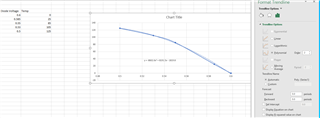Good morning,
We are designing a pcb with 2 TPS54313PWPR units.
And we detected temperature issues, by using Rth provided by datasheet.
Please, could you share the R-2R thermal model, or Delphi thermal model to simulate it in Flowtherm software?
At least, the Rthj to thermal pad.
Thanks you in advance,
Regards
Daniel


